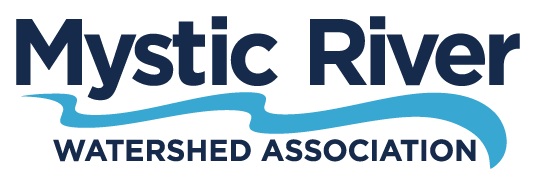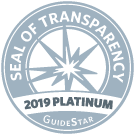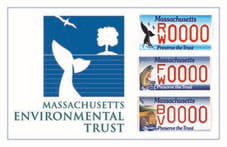Hello everyone, and welcome back to another interview with a river! I am your host, Watershed Field Scientist, Jennifer Delgado, and I am here once again to give you the inside scoop on some of the most popular streams and tributaries in the Mystic River Watershed.
Last time we spoke to one of the most talked about tributaries in the Mystic known as Alewife Brook. We got to hear stories from their past and also their hope for the future. Now we have the great privilege of speaking to another popular stream, the Abjerona River!
Jennifer: Welcome Aberjona! Thank you for being here today.
Aberjona: Thank you for the invitation. I am excited and ready for this "riverting" conversation.
J: Wonderful! Let’s start with a question I am sure everyone is curious about. What does your name mean, Aberjona?
A: A very good question that I might be able to answer if my memory doesn’t flow away from me. I believe it means “junction” or "confluence” in the Algonquian language.
J: I see! Do you have a picture showing this description of you by any chance?
A: Not one that shows this description perfectly, but here is one from around 1900. It shows my flow path from where I have always started in Reading, and flowed south through Woburn, Winchester, and finally into the Mystic Lakes.
Fig. 1. - 1903 US Geographical Survey (USGS) topographic map of Greater Boston as surveyed in 1898-1900, cropped with arrows added. Click to enlarge
J: That’s amazing, Aberjona. Do you remember what life was like for you back then?
A: Oh yes, it is hard to forget that time of my life. Back then, I was an ideal ground for the tanning and rendering factories that surrounded my banks. At one point I had about 100 tanneries that were using me to discard their wastewater. (Durant, J. 1991)
J: Oh no! I am so sorry, Aberjona, that sounded like it was a difficult time for you.
A: Indeed, it was, especially since - like my name implies - I am connected to many other water bodies in the Mystic River watershed. Some speculate that I may have introduced some of these pollutants into Upper Mystic Lake. (Durant, J. 1991, Spliethoff, H.M. 1995).
J: What is your life like now, Aberjona? Is your life better now that we have the Clean Water Act?
A: It is a bit better, but I still have my issues. I have been receiving a "C" letter grade on the Mystic River Water Quality Report Card for the last few years, and this grade drives people away. I just wish I had a better grade for myself and for the people who recreate at places that are connected to me, like Shannon Beach on Upper Mystic Lake.
Visit https://mysticriver.org/epa-grade to learn more about the Water Quality Report Card.
J: Oh, does your water quality affect Shannon Beach?
A: Yes! On my worst days, when it has rained hard and fast, bacteria levels increase not just in me but also at Shannon Beach. Here is a graph from 2023 showing how my bacteria levels are linked to levels at the beach during rainy times of year.
Bacteria Levels at Upper Mystic Lake and Aberjona River 2023
Sampling results from a rainy summer in 2023 show days in July and September when large storms introduced pollution to the Aberjona (red line), affecting conditions downstream in Upper Mystic Lake (teal line). Data: MyRWA
J: It’s incredible how you can see that! Are there other pollutants that affect you that people may not know about?
A: There are! Phosphorus is an important one. As you might know, phosphorus is a limiting nutrient that sometimes causes events like eutrophication, where excessive algae growth occurs and causes depletion of dissolved oxygen. This impacts important fish and plant habitat. (Beresin, G. 2012)
Read more about phosphorus in the Mystic in this recent article published in The Baystate Banner - Algae Clogging Up Your River?
J: This is so interesting, Aberjona. Does this mean it affects the run of the river herring?
A: It can, but the amazing part is that despite all of this, I am still the primary route for the herring to reach Horn Pond. Last year alone, I was able to get around 37,500 herring home to Horn Pond! Just like Alewife said before, they are a special, resilient species.
J: Those herring really are incredible. So, what is something you are looking forward to this summer?
A: I am sure you already know this, but MyRWA fellows were out doing some bacteria and phosphorus sampling on me this summer! It will be interesting to see what their results will be.
2025 summer fellows Kenna and Ry, and 2024 summer fellow Kate McAndrews, conducting sampling on the Aberjona River. Photo Credit: Jennifer Delgado
J: Yes, I'm excited to see what they turn up. Well, thank you so much for joining us, Aberjona. It was a pleasure.
A: Likewise! Thank you for inviting me.








